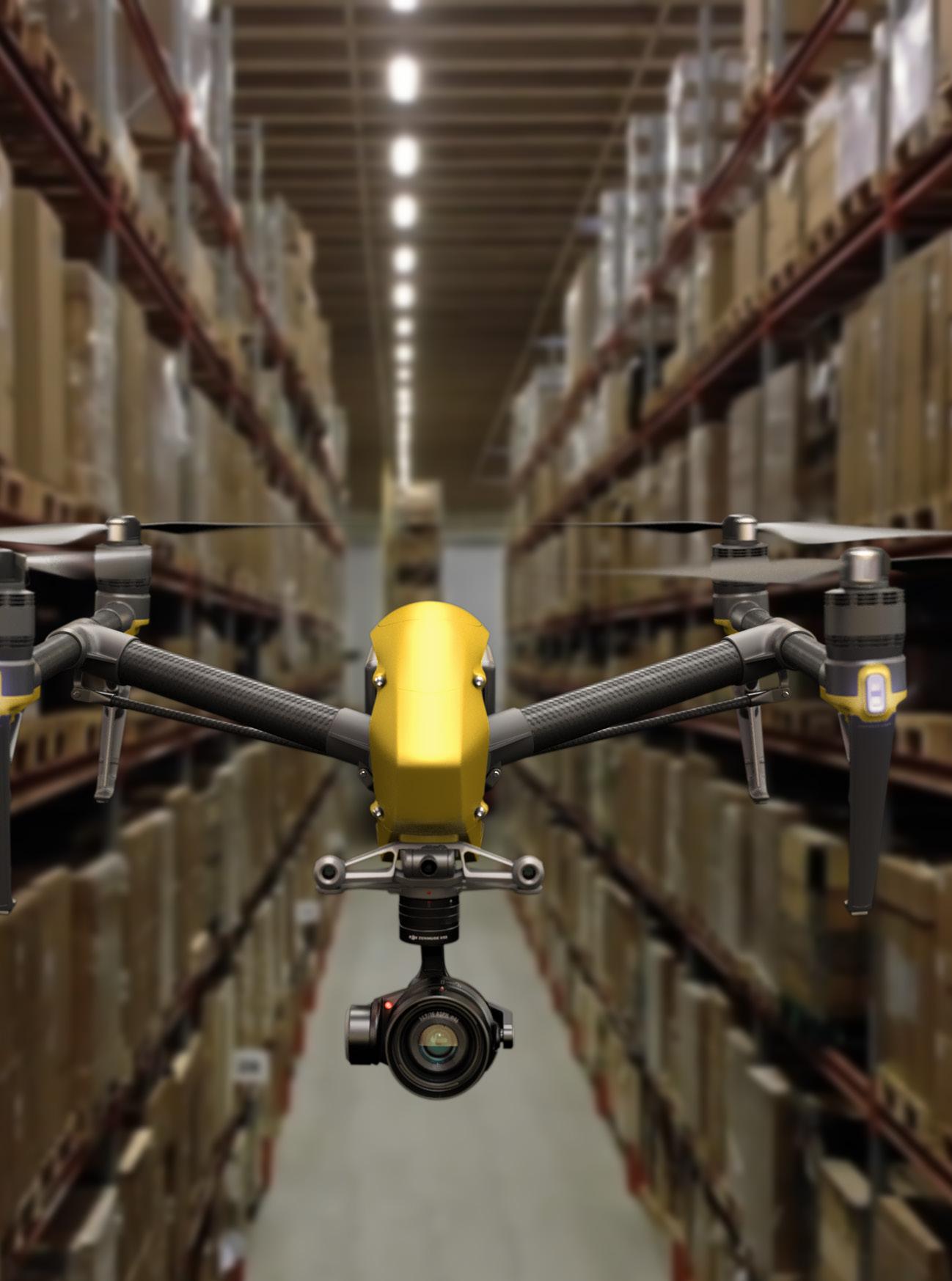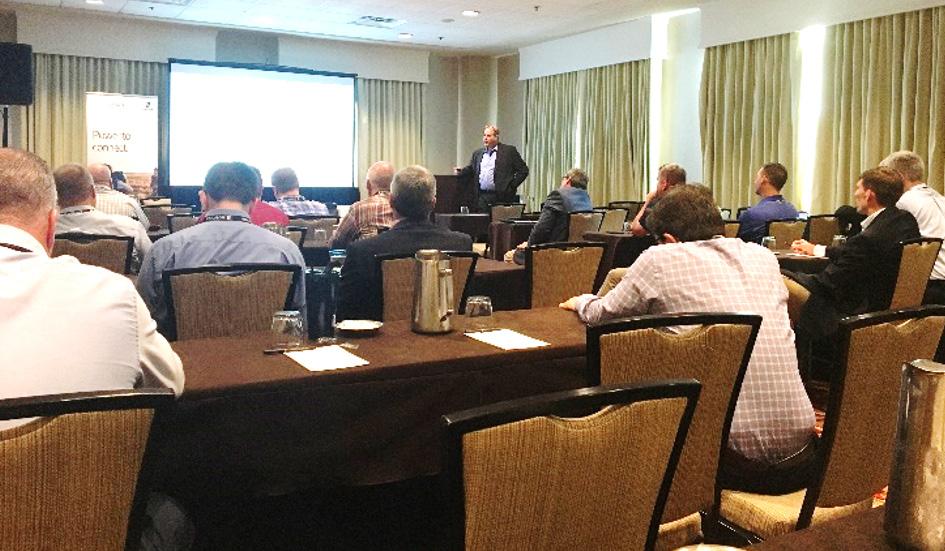
2 minute read
Top trends for 2020
Networks will move to virtualization in a big way.
The goal is to shift the radio access network (RAN) and the core to be cloud-native and leverage a microservices-based architecture to make deployment easier. Based on Ericsson’s Telco Cloud survey,
conducted between November 2018 and February 2019:
AI and machine learning enable automation.
Networks will use real-world data to intelligently and continually optimize based on traffic patterns and network trends. Recent research from Ericsson and
Ernst and Young indicate:
46% of operators have live network functions operating on telco cloud.
17% were in the requirements definition phase.
4/5 people expect telco cloud to deliver.
8/10 service providers expect an increase in cost and complexity from new technology.
90% believe AI will help balance cost efficiency and customer experience.
15% of service providers have predictive and proactive capabilities in operations.
Enterprises embrace the advantages of private wireless networks.
Industrial digitalization has created demand for local private networks. Industries with critical communication needs can procure private networks and services that leverage service providers’ existing network assets and operations – without compromising local control and quality. Initially, these networks will address basic connectivity. Over time, they will evolve to fulfill business-critical and mission-critical needs addressing various requirements including, latency, data privacy and reliability.
Now is the time to establish a base for 5G.
For RAN, this means adding a 5G-capable baseband, modernizing the radios, lighting up unused spectrum, enabling carrier aggregation and establishing the initial 5G carrier. For the core, it’s about getting ready to support 5G protocols and prepare for future services. According to the November 2019 edition
of Ericsson’s Mobility Report:
2.6 billion subscriptions By 2025, we are expecting 2.6 billion 5G subscriptions with 5G networks covering 65% of the world’s population and generating 45% of the world’s mobile data traffic.
74% mobile subscriptions North America will experience the most rapid uptake with 74% of mobile subscriptions forecasted to be 5G by the end of 2025.
More residential and enterprise customers turn to fixed wireless access.
Fixed wireless access (FWA) is no longer a lastresort offering. Data rates offered via FWA are now competitive with high-end xDSL and are growing more competitive with cable and even fiber. While the initial industry push was from wireless ISPs (WISPS) and wireline telcos, we’re now seeing new segments –such as MNOs, MSOs, utilities and private networks – embracing FWA.
76% of citizens in rural areas use broadband daily, but only 64% have access to fixed broadband. 1
24% 24% of rural consumers see access to high-speed internet as a major problem in their area. 2










